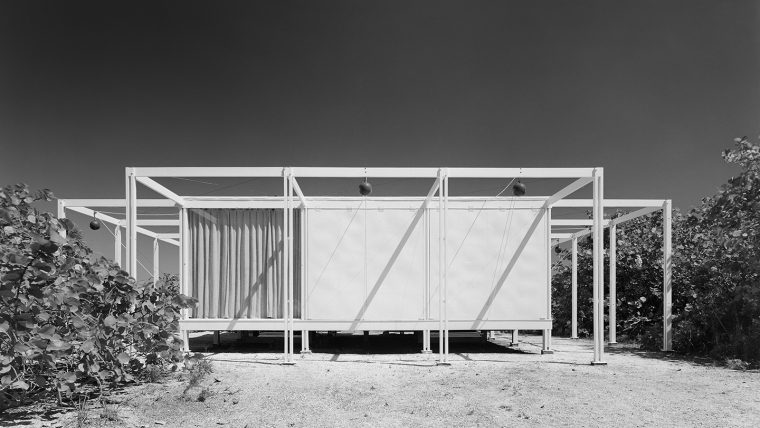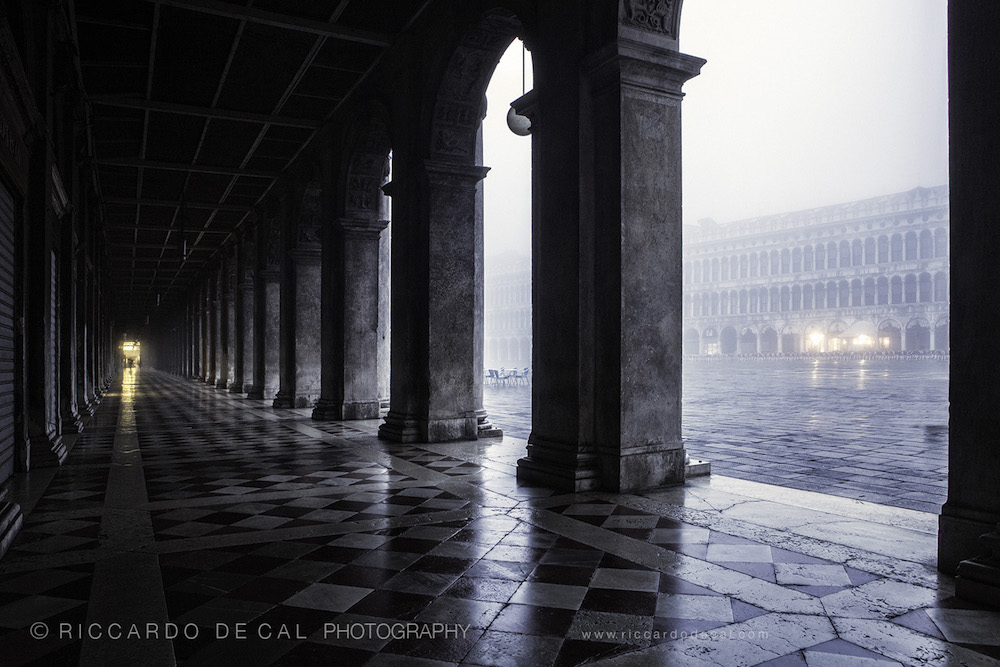Here we have two abstract art exhibitions from two different centuries and two different continents.
Surprisingly – or not – they’ve got a lot in common.
Moreover, they’re both slated for September shows, side-by-side, curated by Katie Lee Koven, the Nora Eccles Harrison Museum of Art Director at Utah State University.
Abstraction and the Dreaming: Aboriginal Paintings from Australia’s Western Desert (1971 – Present), featuring historic and contemporary works from private collections, runs from September 12 – December 12, 2015. Transcendence: Abstraction and Symbolism in the American West, drawn from the museum’s permanent collection, runs from September 1, 2015 through May 7, 2016.
“For both, I was interested in visually reconsidering modern and contemporary art in terms of the cultural dialog between indigenous and non-indigenous peoples,” she says. “There are some connections to be made between the American West and the Australian desert and the output and dialogs between the two cultures.”
For example, there are more than fifty artworks spanning the first paintings at Papunya, a remote Australian Indigenous settlement, to the present day. With fewer than 600 in existence, the “Papunya boards” from the 1970s have a singular status within the history of Australian Aboriginal art.
Encouraged by a Sydney schoolteacher who provided materials—acrylic paint and Masonite boards and, later, canvas – to create permanent works, the artists employed symbols used in other contexts. “Out of it came the Western painting movement,” she says.
Then there is the pottery by Maria and Julian Martinez. After a New Mexico-based archeologist discovered a shard of black-glazed pottery with an unknown motif, both thousands of years old, Maria worked to discover how to recreate the finish while Julian worked to incorporate the motif into contemporary pottery.
“It would not have existed without the relationship between the archeologist and the potters,” she says.
The two exhibits, Koven says, are all about those kinds of relationships – and in rethinking the siloed ways that history teaches us that artists and cultures experience the world.
Abstract art, it seems, is part of a universal consciousness
[slideshow id=1492]
Credits:
Shorty Lungkarda Tjungurrayi (1920–1987), Classic Pintupi Water Dreaming, ca. August 1972
Synthetic polymer/powder paint on composition board, 24 1/2 x 16 3/8 inches
Collection of John and Barbara Wilkerson. © estate of the artist licensed by Aboriginal Artists Agency Ltd.
Shorty Lungkarda Tjungurrayi (1920–1987), Mystery Sand Mosaic, November 1974
Synthetic polymer paint on canvas board, 19 15/16 x 17 3/4 inches
Collection of John and Barbara Wilkerson. © estate of the artist licensed by Aboriginal Artists Agency Ltd.
Ningura Napurrula (b. 1938), Untitled, 2006
Acrylic on Belgian Linen, 72 x 60 1/4 inches
The Luczo Family Collection. © estate of the artist licensed by Aboriginal Artists Agency Ltd.
Naata Nungurrayi (b. 1932), The Soakage Water Site of Unkunya, West of the Pollack Hills in Western Australia, 2005
Acrylic on Belgian Linen, 60 1/4 x 72 inches
The Luczo Family Collection. © estate of the artist licensed by Aboriginal Artists Agency Ltd.
Makinti Napanangka (c. 1930–2011), Untitled, 2008
Acrylic on Belgian Linen, 36 x 48 inches
On loan from the Julie Harvey Collection of Aboriginal Art. © estate of the artist licensed by Aboriginal Artists Agency Ltd.
Raymond Jonson (1891–1982), Watercolor #10, 1938
Airbrushed watercolor on paper, 21 3/4 x 20 inches
Nora Eccles Harrison Museum of Art, Utah State University, Logan, Utah, Marie Eccles Caine Foundation Gift. © University of New Mexico Art Museum, Albuquerque.
Photo by Andrew McAllister, Utah State University.
Lee Mullican (1919–1998), The Ninnekah, 1951
Oil on linen, 50 x 25 inches
Nora Eccles Harrison Museum of Art, Utah State University, Logan, Utah, Marie Eccles Caine Foundation Gift.
Photo by Andrew McAllister, Utah State University.
Edward Corbett (1919–1971), Taos #8, 1952
Charcoal and pastel on paper, 28 x 21 1/2 inches
Nora Eccles Harrison Museum of Art, Utah State University, Logan, Utah, Marie Eccles Caine Foundation Gift.
Photo by Andrew McAllister, Utah State University.
Robert Irwin (b. 1928), Untitled, 1969-1970
Acrylic on Plexiglas disc, 48 inches diam.
Nora Eccles Harrison Museum of Art, Utah State University, Logan, Utah, Marie Eccles Caine Foundation Gift.
Photo by Andrew McAllister, Utah State University.
Don Martin (1931–2000), Flying Spirit South – Fire on the Mountain, 1987
Lacquer on masonite, 48 x 48 inches
Nora Eccles Harrison Museum of Art, Utah State University, Logan, Utah, Marie Eccles Caine Foundation Gift.
Photo by Andrew McAllister, Utah State University.


